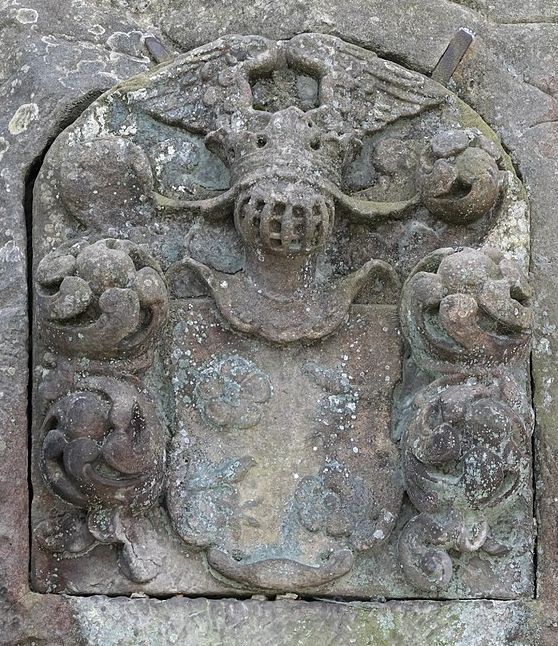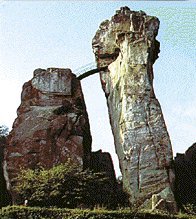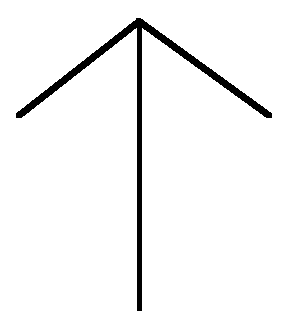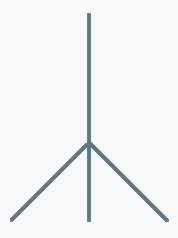North european mysteries
Of the Northern European cult sites mainly the british Stonehenge and the external stones are preserved.
The cosmos of the germanic peoples had three (astral) layers:
1. At the top the gods or the Ases have their seat (Asgard).
2. Midgard, the middle world, where the people live, lies in the middle plain.
3. Beneath Is the dark world Niflheim, where creatures like the envy-dargon Nidhögg live. This sucks the blood of the dead and devours the corpses.
The kingdom of the dead is next door. There reigns Hel, the daughter of firegod Loki.
Even behind these myths, an initiation doctrine hides.
|
*** The extern-stones in the german Teutoburg Forest
|
The extern-stones were a germanic inauguration center. They are still today a carefully cultivated tourist attraction in the german Teutoburg Forest. Above is the small chamber for astronomical observations. (The Germans were of very small stature as well as the Egyptians). Literature :
|
 |
|---|
The RUNES
The ancient runes had spread to Scandinavia. They became ingloriously known in Germany by the Nazis. Runes can be written as signs for a sound (alphabetical alphabet) or as a sign for terms whose names they carry.
As a re-discoverer of the runes stand Guido von List, Herman Wirth, Rudolf of Gorslben, E.T. Kurtzahn, B.F. Marby and Sigfried A. Kummer. Ludwig the Pious had the rune literature burnt up in flames.
There are a variety of runes and rune alphabets with up to 24 characters, and the runes have been interpreted in the same way as the tarot cards.
1908 Guido list published the 18 Armanen runes in his book 'Das Geheimnis der Runen' (The Secret of the Runes) .
Only the 18-character alphabet, published by Karl Spiesberger, represents the first 18 stages of the path to be used as a starting point for initiation steps.
The 18 runes of the futhork : UR, THORN, OTHIL, Os, RIT, KA, HAGAL, NOT, IS, AR, SIG, TYR, BAR, LAF, MAN, YR, EH, GIBOR (Futhork of Spiessberger)Literature :
- Runenmagie, Karl Spiesberger, Schikowski, R; 1954, ISBN-10:3877020275 ISBN-13: 978-3877020272
- Runenpraxis der Eingeweihten : Runenexerzitien,Karl Spiesberger, 1982, Schikowski, ISBN-10 : 3877020704 ISBN-13: 978-3877020708
- Futhark : A handbook of rune magic , Edred Thorsson
- A wiki about runology
- A wiki about the runes
- S. A. Kummer : Runenmagie, Verlag-dr
- The armanen runes
| 12 | 15 | 16 |
|
Tyr-Run of the sword-god |
symbolizes life |
16: Yr-Run symbolizes death
|
Germanic inauguration
The old Germanic initiates also kept their religious knowledge hidden in Edda.
"I see a hall brighter than the sun, covered with gold on Gimil's heights.
There shall dwell the hosts of the faithful, and enjoy everlasting bliss. "
In the north-german nibelungen-song , Sigurd rides his horse Grani, a descendant of Odin's horse Sleipnir, to the Gnita heathland and kills Fafnir, who has assumed the shape of a dragon, with his sword Gram ('bone'). Thereafter he kills Regin [an astral] giant who wants the treasue for himself, and he has then helmet, ring and hoard.
In Germanic mythology, Odin (Wodan) is similar surrounded by the wolves Geri and Freki ('greedy' and 'voracious') as well as of his ravens Hugin ('thought') and Munin ('memory'). His horse is the eight-legged Sleipnir, whose mother is the fire god Loki, with whom he also rides to Hel.
In Northern European mythology the bloody four-eyed dog Garmr guardes Helheim.
In Germanic mythology, the hell-dog bears the name 'Lärmer'(noiser).
Nidhöggr(Nidhögg, Nidhöggur,Nidhogg ; altnordisch Níðhǫggr : the hateful beating) Is a serpent-like dragon in nordic mythology, who lives under the world tree Yggdrasil and torments the dead.
He damages the tree down at the trunk and at the roots. He takes the words, which the squirrel Ratatosk conveys him from the eagle in the crown of the tree.
The prosa-Edda adds that Nidhöggr, along with many snakes in the Hvergelmir spring, which is located in Niflheim under the third root of the world tree, sits there and nibbles at the root of Yggdrasil. So the tree can be seem as a symbol of the human soul.
The world-encircling Midgard snake of Nordic mythology bites into her own tail, after the Gylfaginning 34, a part of the Snorra-Edda, and thus forms a world circle.
She remembers so a bit at the gnostic and alchemic Ouroborus.
of Spirituality
universal-path.org



